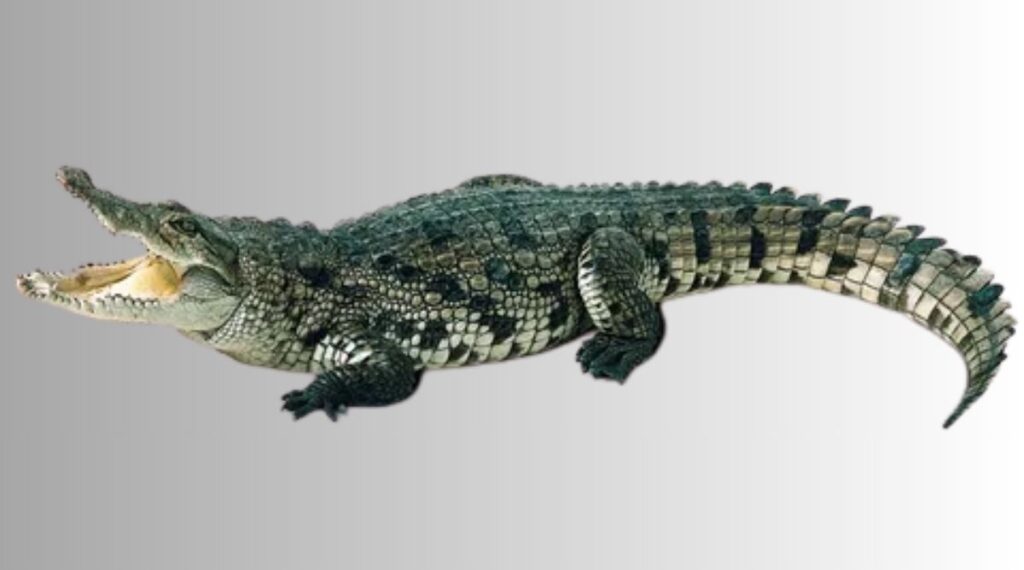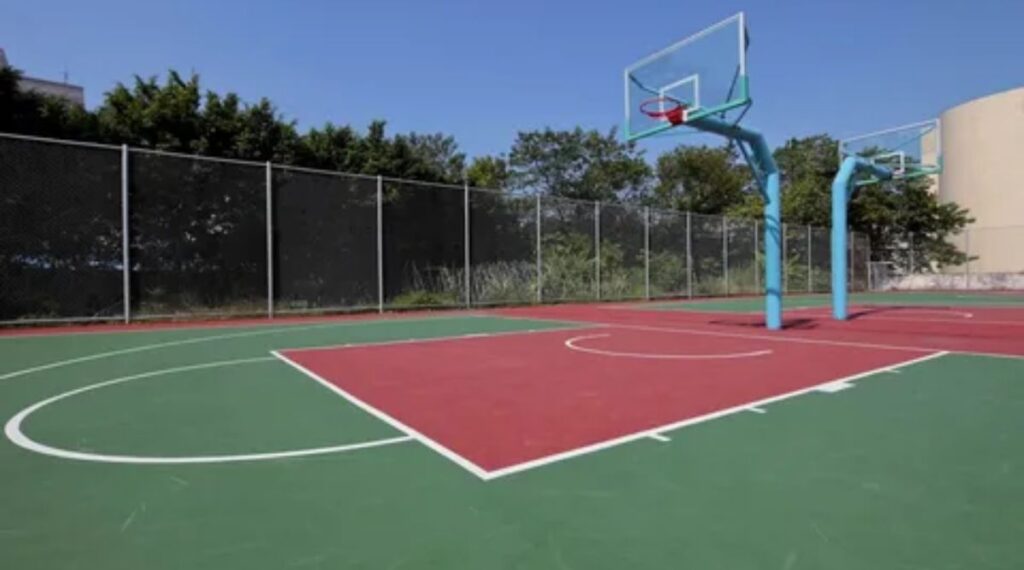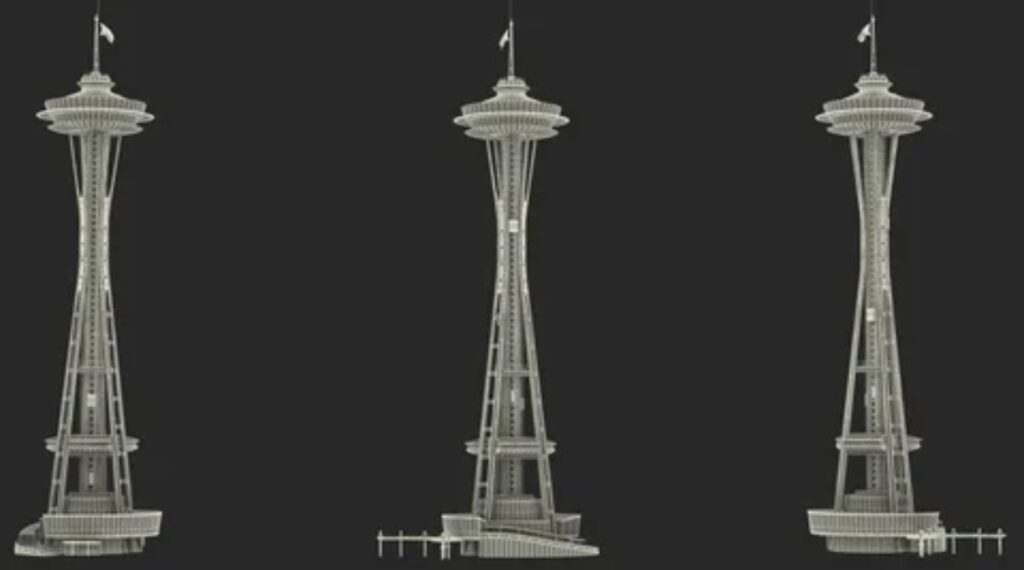How Long is 100 Feet? 12+ Amazing Things That are 100 Feet Long
How long is 100 feet? This incredible length is one of the most significant measurements we encounter daily, much longer than many of us can easily visualize without practical reference points.
How long is 100 feet becomes self-evident when you realize it is as long as a professional basketball court, the length of a football field divided by thirds, or the height of a 10-story building laid out horizontally.
How Long is 100 Feet? Visually
One hundred feet is equivalent to approximately 30.48 meters. This distance can be visualized in various ways, making it relatable. For instance, imagine a standard football field, which is about 300 feet long. One-third of that length is 100 feet, showcasing how far this measurement truly extends.

One hundred feet is equivalent to 1,200 inches. To put that into perspective, consider the height of a typical three-story building, which averages around 30 to 40 feet.
When you multiply that by three, you can visualize how 100 feet spans several stories. This measurement can help in various contexts, from urban planning to landscaping.
How Tall is 100 ft?
Imagine a basketball hoop, which sits at 10 feet. Stack ten hoops one atop the other, and you reach 100 feet. This height offers a unique vantage point, providing sweeping views of the surrounding landscape.
From this elevation, the world transforms; familiar sights become distant dots. Whether it’s a skyscraper or a natural wonder, 100 feet inspires a sense of scale that challenges our everyday perceptions.
What is 100 Feet Long?
100 feet can represent the span of a giant redwood tree, showcasing its grandeur. Alternatively, consider an Olympic swimming pool, which measures about 164 feet in length. While not exactly 100 feet, it offers a relatable comparison.
These examples highlight how this measurement bridges various contexts, from architecture to nature. Understanding 100 feet expands our appreciation for size and measurement in everyday life.
Things That Are 100 Feet Long
Let’s explore 12 amazing things that measure 100 feet long, offering a unique perspective on how this dimension influences our lives and environment.
- Alligator
- A Boeing 737 Craft
- Twice the Hollywood Sign
- 1/3 of Bowling Lane
- Twice Shipping Containers
- A Basketball Court
- 2/3 of Olympic Swimming Pool
- Blue Whale
- The Eastern Cotton Tree
- A ten Storey Building
- One Fifth of the Space Needle
- 10 x Kayaks
Alligator
Imagine a creature so colossal that it stretches a staggering 100 feet long. This is nature’s beast, an alligator that defies the limits of size and expectation. Such a creature would dominate its environment, becoming a symbol of power and majesty in the wild.

The sheer scale of this reptile would evoke awe and fear, reminding us of nature’s untamed potential. A 100-foot alligator would reshape ecosystems, impacting everything from local food chains to habitat dynamics. It would be a master predator, commanding respect from other wildlife.
Observing such an immense creature would offer unparalleled insights into evolutionary adaptations and survival strategies. Nature’s beast would not only challenge our understanding of reptiles but also inspire conservation efforts to protect these magnificent creatures and their habitats.
A Boeing 737 Craft
The Boeing 737 aircraft, measuring 100 feet long, plays a pivotal role in the global transport network. Its impressive length accommodates a spacious cabin, allowing for greater passenger comfort and cargo capacity. This design enables airlines to operate efficiently on various routes, connecting cities and continents seamlessly.

Every journey aboard a Boeing 737 is a blend of innovation and safety. With a wingspan that complements its length, the Boeing 737 optimizes aerodynamic performance. This engineering marvel not only enhances fuel efficiency but also reduces environmental impact.
As air travel continues to evolve, aircraft like the Boeing 737 remain essential in shaping our interconnected world. Their strategic measurements contribute to a transport network that is both reliable and innovative.
Twice the Hollywood Sign
The Hollywood Sign, an iconic architectural landmark, stands as a symbol of the entertainment industry. Interestingly, its letters stretch 100 feet long, each one meticulously crafted to withstand the test of time.

This practical estimation highlights not just the grandeur of the sign but also the engineering behind it. Designed to be visible from miles away, the letters are more than mere words; they embody dreams and aspirations.
⅓ of Bowling Lane
In the context of a standard bowling lane, which measures 60 feet from the foul line to the headpin, one-third of this distance equates to an impressive 20 feet. This segment is critical for understanding the dynamics of bowling, as it represents the initial approach and release area where bowlers gain momentum.

The precision in this 20-foot span is essential for achieving optimal ball trajectory and accuracy in hitting the pins. A bowler’s stance, footwork, and release technique all hinge on mastering this crucial third of the lane, setting the stage for the remaining distance.
Twice Shipping Containers
When discussing the dimensions of a standard shipping container, it’s essential to grasp the scale of 100 feet. In practical terms, 100 feet is equivalent to approximately 33.33 yards, a distance that can be visualized as about 33 adult male polar bears lined up nose to tail.

Shipping containers, often measuring 20 or 40 feet in length, can easily stack up to this measurement, allowing for efficient transportation and storage solutions. This length is particularly significant in logistics, where space optimization plays a crucial role in reducing costs and enhancing shipping efficiency.
A Basketball Court
A professional NBA court is meticulously designed with precise measurements to enhance gameplay and ensure fairness. The standard dimensions of an NBA court are 94 feet in length and 50 feet in width, making it one of the largest playing surfaces in professional sports. This expansive area not only accommodates fast-paced action but also allows players the space to showcase their agility and skill.

The three-point line, which arcs away from the basket, is set at a distance of 23.75 feet from the hoop at its farthest point, further emphasizing the importance of accurate shooting and strategic play. The significance of these measurements extends beyond mere numbers; they influence game strategy and player performance. Coaches and athletes must understand how to navigate the court’s layout, utilizing every inch to their advantage.
The distance from the baseline to the free-throw line, which is 15 feet, serves as a crucial reference point for players during critical moments of the game. In essence, the professional NBA court is not just a playing field; it is a canvas where athleticism meets artistry, demanding both precision and creativity from those who compete on it.
⅔ of Olympic swimming pool
When considering the length of 100 feet, it’s enlightening to compare it to approximately two-thirds of an Olympic-sized swimming pool. An Olympic pool measures 50 meters in length, which converts to about 164 feet.

Therefore, 100 feet represents a significant portion of this distance, making it roughly equivalent to 61% of the pool’s total length. This quick calculation provides a tangible perspective for those unfamiliar with feet-to-meter conversions and emphasizes how even a modest measurement can relate to larger, familiar structures.
Blue whale
When considering the impressive scale of marine life, the blue whale serves as a perfect natural reference for understanding vast distances in the ocean. The blue whale, the largest animal known to have ever existed, can reach lengths of up to 100 feet, which is equivalent to approximately three school buses lined up end-to-end.

This immense size not only underscores the grandeur of these gentle giants but also provides a tangible perspective on how long 100 feet truly is. Their bodies are streamlined for efficient swimming, allowing them to traverse the oceans with remarkable grace despite their massive proportions.
The Eastern Cotton Tree
The Eastern Cotton Tree, known scientifically as Populus deltoides, serves as a perfect measurement reference for understanding spatial dimensions in nature. Standing majestically at heights that can exceed 100 feet, this species exemplifies the grandeur of North American hardwoods.

With its broad canopy and robust trunk, the Eastern Cotton Tree not only provides essential habitats for various wildlife but also offers a striking visual representation of scale. To put this into perspective, the height of a mature Eastern Cotton Tree can serve as an effective comparison for understanding other measurements in our environment.
A 10 story building
A typical ten-story building often measures around 100 feet in height, assuming each floor is approximately 10 feet tall. This vertical structure not only serves as a testament to modern architecture but also offers a practical lens through which to understand spatial dimensions.

To put this into perspective, 100 feet can be visualized as the length of an Olympic swimming pool, emphasizing the scale and grandeur of such edifices. The design of these buildings must consider various factors including structural integrity, zoning laws, and aesthetic appeal, making them a focal point in urban landscapes.
One Fifth of the Space Needle Height
To grasp the concept of 100 feet, it is essential to contextualize this measurement within familiar structures. For instance, one-fifth of the iconic Space Needle in Seattle, which stands at an impressive height of 605 feet, measures approximately 121 feet.

Thus, 100 feet represents a notable yet manageable proportion of the Space Needle’s overall stature. This distance can be visualized as equivalent to the height of a 10-story building, emphasizing its significance in urban landscapes and architectural design.
10 X Kayaks
When considering the height of 100 feet, it is helpful to visualize it in terms of familiar structures. 10 X Kayaks are designed with precision engineering and user comfort in mind, making them an excellent choice for both novice and experienced paddlers. With a focus on stability and maneuverability.

These kayaks allow users to effortlessly navigate waterways while enjoying breathtaking views from a vantage point that may reach heights comparable to that of a 100-foot tall structure.
Their lightweight construction and ergonomic design facilitate ease of transport and launch, ensuring that adventurers can maximize their time on the water. In this way, 10X Kayaks redefine the kayaking experience, offering enthusiasts a seamless blend of performance and accessibility.
Conclusion
Understanding the scale of 100 feet can be both fascinating and enlightening. From the impressive dimensions of a blue whale to the soaring height of a basketball hoop, these relatable comparisons help us grasp just how long 100 feet really is.
By exploring various objects and structures that measure up to this length, we gain a newfound appreciation for the world around us.
Whether you’re walking alongside a 100-foot tall tree or marveling at a massive ship, you’re now equipped with a mental picture of this measurement. So next time you encounter something that measures 100 feet, take a moment to reflect on its significance and share these intriguing facts with others!
FAQs
What is 100 feet long?
The 100 feet distance is the same as that of an American football field from goal line to goal line (not including end zones) and is equal to about 30.5 meters. This benchmark reference can be a helpful gauge for making estimates in real-world applications.
How to measure 100 feet by walking?
To walk 100 feet as a measure, first calculate your step length average by walking a measured distance and dividing by your number of steps (usually 2.5-3 feet per adult step). Knowing your step length, then divide 100 feet by your step length to determine how many steps you must take. Walk the number you calculated of steps at your usual pace to get about 100 feet.







